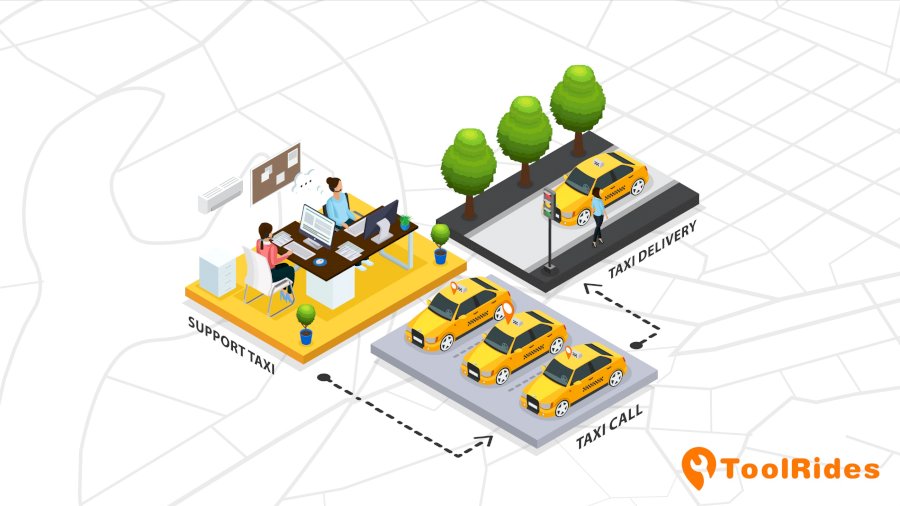All industries want to have solutions for each of the details they present. Being innovative transportation , they pay special attention to flexible and sustainable mobility. Thanks to digitization and the associated use of data, further development of these mobility solutions is being promoted. Complex analytical models allow data from different sources to be linked and can evaluate large amounts of data, obtaining results in real time.
Mobility and traffic data are the fuel for a public transportation system that is demand-oriented. However, there are some unknowns, such as the extent to which digital and data-driven applications are changing the public transport sector. This makes many businesses worry about the development of their services.
The use of data has already strongly influenced the development of mobility solutions. While public transport was planned with a supply-centric approach at the time, the use of data packages today allows for more customer-centric planning. Added to this, this brings the advantage that mobility needs can be determined in detail on a region-specific basis.
Data-driven mobility analysis enables higher quality
Thanks to data-driven mobility analysis, it is possible to create well-informed pictures of existing supply and mobility situations. In addition, significant objective states can also be derived. The result of the mobility analysis is a personalized and intermodal project for the ideal mobility combination.
Whether it is the optimization of existing public transport services , the incorporation of micromobility or car sharing services or the introduction of an integrated on-demand system. With a focus on data security, data processing becomes increasingly important in the transportation planning approach. This process also increases the relevance of security and helps with data protection.
Is there permission to transfer personal data between service providers?
The European Union's Data Protection Regulation (GDPR) uniformly protects the use of all data. That is, it allows us to fully exploit the economic potential of data related to mobility in the European space.
innovative transportation industry's data infrastructure is strong . Data-driven applications offer advantages on several levels and make transportation more efficient, more cost-effective, more environmentally friendly. They also allow for better service planning across all modes of transport.
Thanks to mobility data, transport users can better plan their trips through new demand-oriented solutions. Users will be able to save time and money in both rural areas and large cities. With data processing, the public transport sector will significantly change and will gain relevance in the future.
Ways to advance transportation services
The social, environmental and economic challenges are evident. However, there is still a large gap in transportation business worldwide. There is also no clear set of principles that will allow this sector to be transformed. Therefore, we have some tips that will help you successfully develop in the innovative transportation industry.
The sector cannot continue to apply a fragmented approach
It is time for greater coherence and a single voice to influence global and national processes. In the approach adopted so far, a large number act independently. It is not impossible to bring these different actors together.
Clearly define the objectives that support sustainable mobility
The SDG framework does not provide a clear-cut trajectory for mobility, but rather includes building blocks. The SDGs incorporate the concepts of “universal access”, road safety, energy efficiency and deaths due to air pollution.
With this data it is possible to define a vision for sustainable mobility, around four global goals: equitable access, safety and protection, efficiency and pollution, and capacity to respond to climate problems. Under this vision, sustainable mobility would include better provision of infrastructure and service delivery to support the movement of goods and people.
Transform the economic evaluation of transportation projects
According to traditional cost-benefit analyzes of transportation services projects , these focus on the reduction of travel time, with an efficiency indicator. However, there is a trade-off between speed and violent deaths. The ecological characteristics and inclusion will perceptibly affect the evaluation of the projects, therefore, they will transform the design of the projects.
Different forces are creating the right conditions in various cities around the world. The innovative transportation industry is beginning to make great strides in its inception. Above all, in what leading transportation experts consider the reinvention of the entire public transportation experience.






